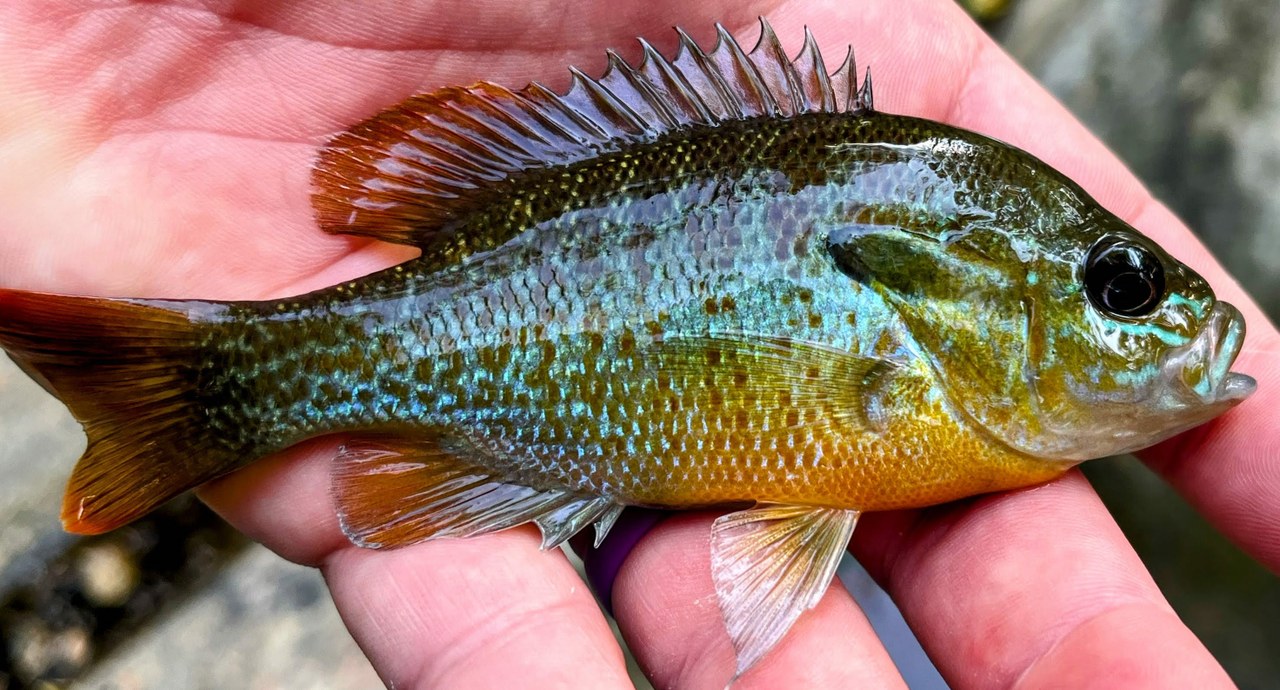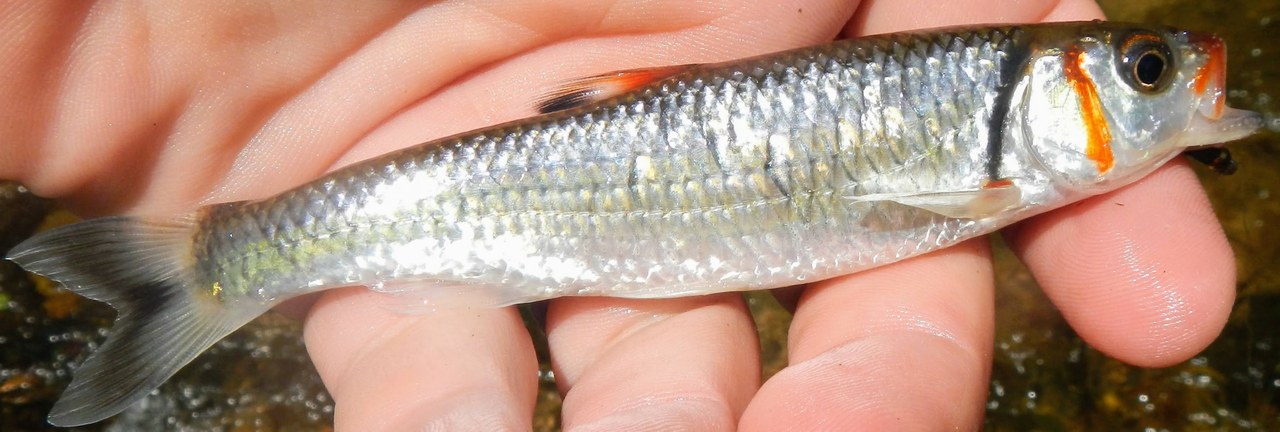The Southeast is Perfect for the Aquatic Connectivity Framework
The Southeast is Perfect for the Aquatic Connectivity Framework
by Brian Rhodes

The Southeastern United States is an absolute gem in terms of freshwater diversity. The rivers and streams here are bursting with life, making this region one of the country's most biodiverse places for freshwater species. The Southeast is home to around 600 freshwater fish species, 500 of which are endemic. This region is a global hotspot for freshwater biodiversity, making the Aquatic Connectivity Framework (ACF) an excellent fit for the Southeast. We aim to protect and restore these incredible aquatic habitats through a landscape-scale Working Lands for Wildlife approach.
A Hotspot of Fish Diversity
The Southeast is home to a fantastic variety of freshwater fish—more than anywhere else in North America. We're talking hundreds of species, many of which can't be found elsewhere. Sunfish, darters, shiners, and minnows call these waters home, thriving (or at least trying to!). These fish have evolved to perfectly fit the unique conditions of their local rivers, making the Southeast a genuine hotspot for aquatic biodiversity.
Take darters, for example. There are over 200 species of darters in the Southeast, each adapted to its home stream's specific conditions. Some notable species include the Tangerine Darter, Snubnose Darter, and the Greenbreast Darter, all unique to this region. These small, colorful fish are known for their quick, darting movements (hence the name!). They love the fast-flowing streams of the Southeast and come in all sorts of patterns and colors. They're a great symbol of the region's aquatic diversity.
Then there are the sunfish, with more than 30 species thriving here. Some unique sunfish species in the Southeast include the Redbreast Sunfish, Bluegill, and Longear Sunfish. Beautiful and beloved by anglers everywhere, the Southeast is unmatched in sunfish diversity, and these fish play a vital role in keeping local ecosystems healthy.
What Makes the Southeast So Special?
So, what makes the Southeast such a haven for aquatic life? It comes down to a few key things: geology, history, and habitat variety. Unlike much of North America, glaciers didn't cover the Southeast during the Ice Age. This means the river systems here have been around for millions of years, giving fish and other aquatic creatures plenty of time to evolve and adapt. As a result, we see a lot of species here that you won't find anywhere else—these are called "endemic" species.
In addition, the Southeast has an incredible variety of habitats. From slow-moving swamps to fast-flowing mountain streams, it has it all. This variety creates a rich, complex ecosystem that supports all kinds of aquatic life, with every species finding its niche.
Threats to Southeastern Aquatic Life
Unfortunately, this incredible diversity is under threat. Habitat fragmentation is a big problem—dams and road crossings make it hard for fish to move and connect with other populations. Pollution is another major issue, with runoff from agriculture, urban areas, and industry hurting water quality and stressing aquatic species.
Sedimentation is also a serious concern. Too much sediment can smother the rocky habitats on which species like darters depend. Many fish need clean water to feed and breed; sediment can throw the entire food chain off balance.
How the Aquatic Connectivity Framework Helps
This is where the Aquatic Connectivity Framework steps in. The ACF focuses on reconnecting fragmented habitats, improving water quality, and ensuring aquatic species have what they need to thrive. Working with local partners and landowners, we help restore stream connectivity, which is great news for fish like darters and sunfish. Our conservation practices help landowners care for their land in ways that benefit wildlife and people.
Looking Ahead
The Southeast's unmatched fish diversity and urgent need for habitat restoration make it the perfect focus for the Aquatic Connectivity Framework. By working together, we can ensure that these vibrant waterways stay healthy and full of life for generations.
Get Involved
Want to help protect the Southeast's incredible aquatic diversity? Get involved with the Aquatic Connectivity Framework and learn how to make a difference. Visit our website or contact us to find out more about how you can contribute to these critical conservation efforts.























